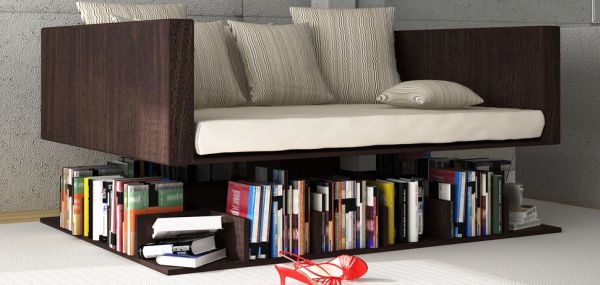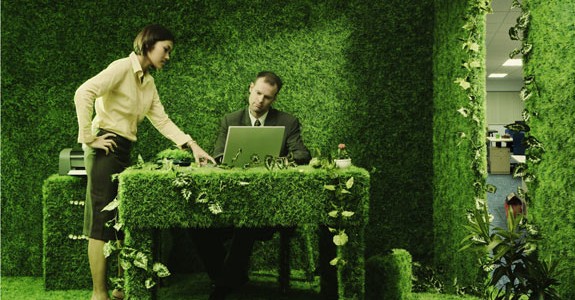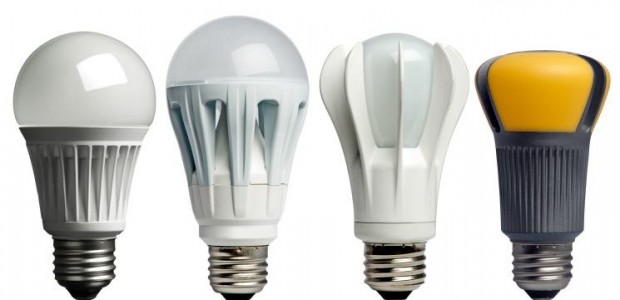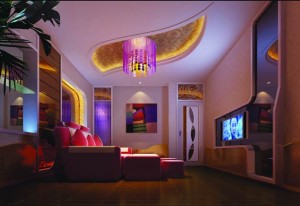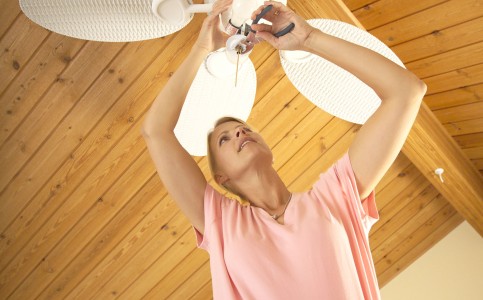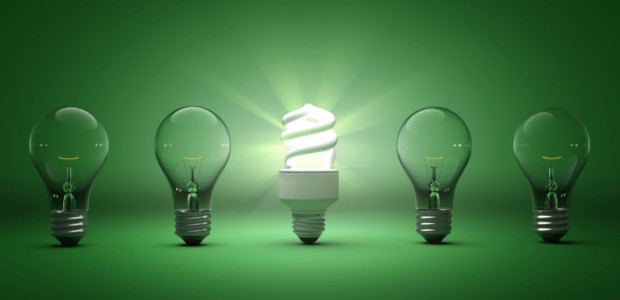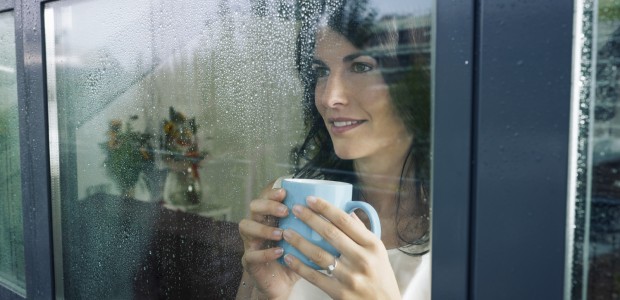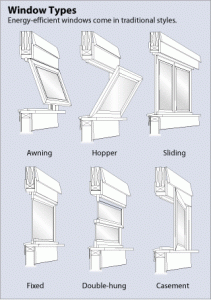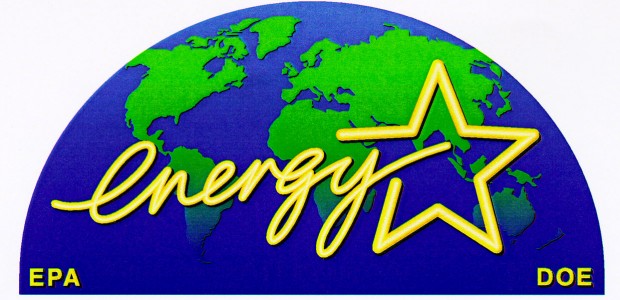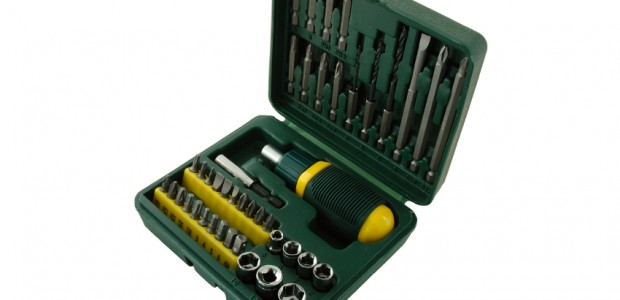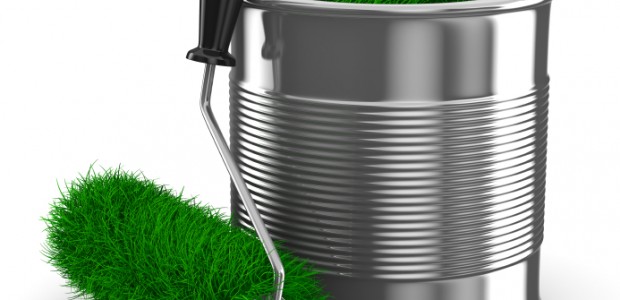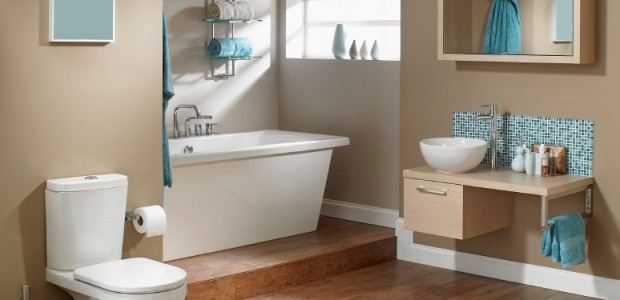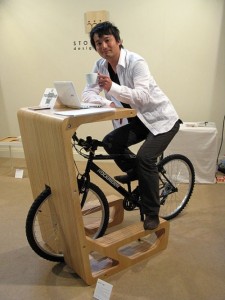
Maybe you are looking to make your home eco-friendlier. Perhaps you live in a shoebox apartment in New York City and do not have much space for a lot of furniture. Who knows? You might be one of those people who simply hate being conventional like the rest of the world. Whatever your reasons are, multi-purpose furniture items can provide you with a fresh concept that takes your living space to a whole new level.
Shelving space is always an issue in most homes but not everyone can afford to buy a 6 or 8 shelve monstrosity. So why not turn something you don’t use into something useful. Take these folding chairs for example. Not only can you use the area where you park your butt to put books, plants, and decorations but you can also use them for closet space by hanging clothes on the base of the seat. All you have to do is nail those foldable chairs to the wall and you are done.

If you want a bookshelf and a workstation but don’t have space for both then here’s the best of both worlds. This blue furniture houses a chair, a desk for your desktop computer and plenty of space for your books all in one unit.
Another item that’s super useful for those of you who are spatially challenged is the “madame est servie” mirror that is more than what it seems to be. When you’re ready to iron you simply tilt it and lock the unit into place. Once you’re done, you tilt it back and you have a mirror again which you can use to look at yourself as you get dressed.
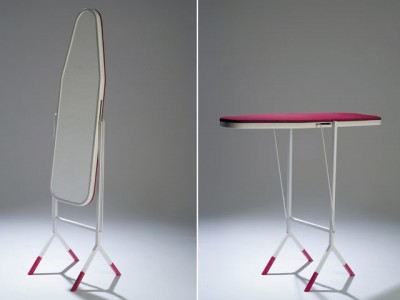
If you’re single renter of a one bedroom apartment who also happens to like bike riding, then you can buy this table which allows you to park your bike and use it as a chair while you enjoy your tea, coffee, a drink or a small meal on top of the wooden table.
There’s nothing worse than sitting alone without a place to rest your martini on, which is why this chair is so cool. The chair within the chair pulls out so that the exterior frame becomes a mini-table where you can rest your drink on.
For those of you looking to redesign your interior space, there are plenty of options to choose from such as the bookcase and levitating sofa. The base works as shelf space for all of your books and magazines and the above it is the sofa where you can sit and read for hours. Whenever you need something just reach under your legs and voila! Instant reading material!
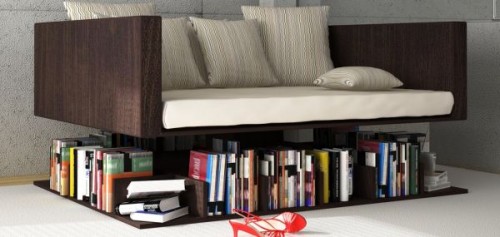
Who says you can’t have fun in the dining room? This table serves as a pool table so you can have fun with family or guests and once the food is done cooking you simply turn it back into a dining table and sit down to eat.
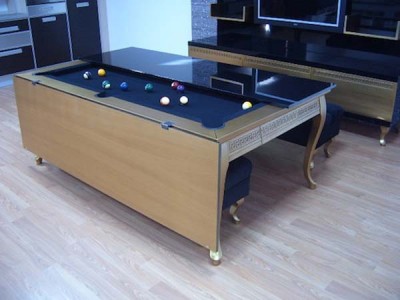
Multi-purpose furniture helps to make your home greener by making your indoors sustainable and healthy without sacrificing design, beauty or functionality.
